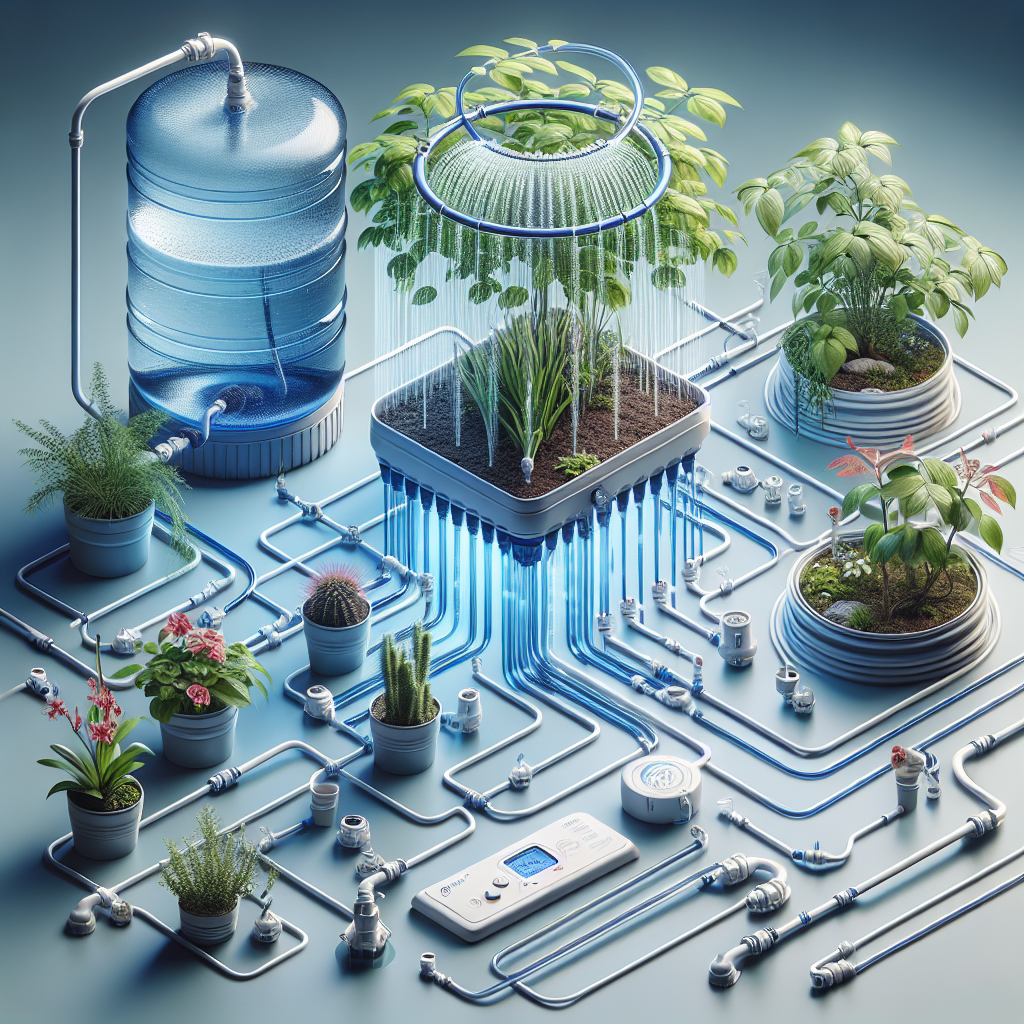Introduction
Watering is a critical aspect of plant care, as plants rely on adequate moisture to thrive and grow. One effective method of watering plants is through the use of slow drip watering systems. These systems deliver water directly to the root zone of plants at a slow and steady pace, allowing for more efficient water usage and healthier plants. In this article, we will explore the essentials of slow drip watering systems and how they can benefit your plants.
Benefits of Slow Drip Watering Systems
Slow drip watering systems offer several advantages over traditional methods of watering, such as hand-watering or using sprinklers. One key benefit is that these systems deliver water directly to the root zone of plants, where it is needed most. This allows for better absorption of water by the roots, leading to healthier and more robust plant growth.
Additionally, slow drip watering systems help to conserve water by reducing evaporation and runoff. By delivering water at a slow and steady pace, these systems ensure that plants receive just the right amount of moisture without wasting excess water. This is particularly beneficial in arid regions or during periods of drought when water conservation is crucial.
Another advantage of slow drip watering systems is that they help to prevent water-related diseases in plants. By delivering water directly to the root zone and avoiding wetting the foliage, these systems reduce the risk of fungal infections and other diseases that can thrive in moist conditions. This leads to overall healthier plants with fewer issues related to overwatering.
Components of Slow Drip Watering Systems
Slow drip watering systems consist of several key components that work together to deliver water efficiently to plants. The main components include:
1. Drip Emitters: These small devices are attached to a main water supply line and release water at a controlled rate directly onto the soil near plant roots.
2. Tubing: Flexible tubing connects the main water supply line to drip emitters, allowing water to flow from the source to individual plants.
3. Filter: A filter helps to remove debris and sediment from the water supply before it reaches the drip emitters, preventing clogs and ensuring even distribution.
4. Pressure Regulator: This component regulates the pressure of the water flow, ensuring that each drip emitter releases water at a consistent rate.
5. Timer: A timer can be used to automate watering schedules, ensuring that plants receive regular moisture without manual intervention.
Installation and Maintenance
Installing a slow drip watering system is relatively easy with basic tools and materials. To set up a system for your garden or landscape, follow these steps:
1. Plan your layout: Determine where you want to place your drip emitters based on plant spacing and location.
2. Connect tubing: Attach tubing to your main water supply line using connectors or adapters as needed.
3. Install emitters: Place individual drip emitters near plant roots or in pots for container gardening.
4. Add filter and pressure regulator: Attach a filter and pressure regulator as directed by manufacturer instructions.
5. Set timer: Program your timer according to your desired watering schedule.
Once installed, it’s important to regularly check your system for leaks or clogs and adjust as needed. Periodically flush out tubing and emitters with clean water to prevent buildup of algae or debris that can affect performance.
Conclusion
Slow drip watering systems offer an efficient and effective way to provide adequate moisture for your plants while conserving water resources. By delivering water directly to plant roots at a controlled rate, these systems promote healthier growth with minimal waste or risk of disease.
Whether you have a small garden or a large landscape, installing a slow drip watering system can benefit both your plants and the environment by promoting optimal hydration while reducing overall resource usage.
Consider incorporating this technology into your plant care routine for better results in nurturing your green space!













